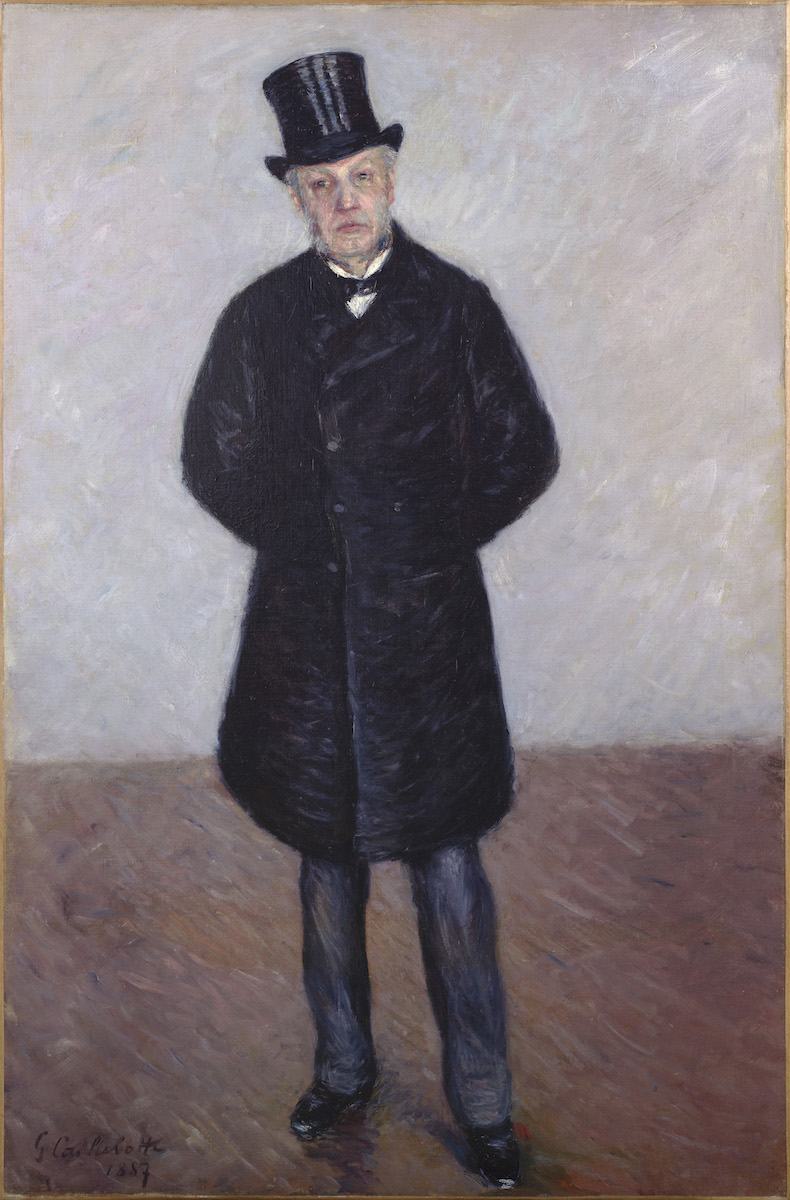
Five little-known works by the Impressionist painter Gustave Caillebotte, which belonged to the artist’s butler, are now on view at the Musée d’Orsay. They are a remarkable gift made by the great granddaughter of Jean Daurelle, who became a servant in Caillebotte’s parents’ upper-class household in Paris as a young boy.
The works, which include Daurelle in his butler’s attire, were passed down by the family until January this year, when Marie-Jeanne Daurelle donated them to the Paris museum shortly before her own death. She had no heirs. Though the works could have been sold off for large sums—Caillebotte’s painting Chemin Montant sold in New York for $22 million this February—she had refused all offers from hopeful buyers.
The gift came as a welcome surprise to the museum of 19th-century art. When a senior curator at the museum visited Marie-Jeanne Daurelle’s Paris flat, she found the shutters closed and that “everything was dark” in the little apartment. Sylvie Patry, who is the museum’s deputy director for curatorial affairs and collections, told Le Parisien: “We opened them and the light streamed in and I discovered three paintings in the sitting room, two pastels in the bedroom by the television.” Patry added that the paintings were were hung “like family photos.”
The Impressionist trove went on view yesterday, September 2, alongside other works by Caillebotte from the Musée d’Orsay collection. Up until the gift, the museum owned seven works by the French painter.
The two pastels, both depicting the Jean Daurelle’s son Camille, were included in the Impressionist group’s fifth exhibition in 1880 in Paris. Two other oil paintings show Daurelle in a frock coat and top hat. There is also a landscape, including a tree in full bloom and the country house where Caillebotte and his brother spent much of their time later in life, along with their friend Auguste Renoir.
“It’s extremely touching,” Laurence des Cars, director of the museum, told the Times. “This brings us in direct contact with the end of the 19th century, thanks to the attachment of the artist to a servant and his family across the social barriers of the time.”